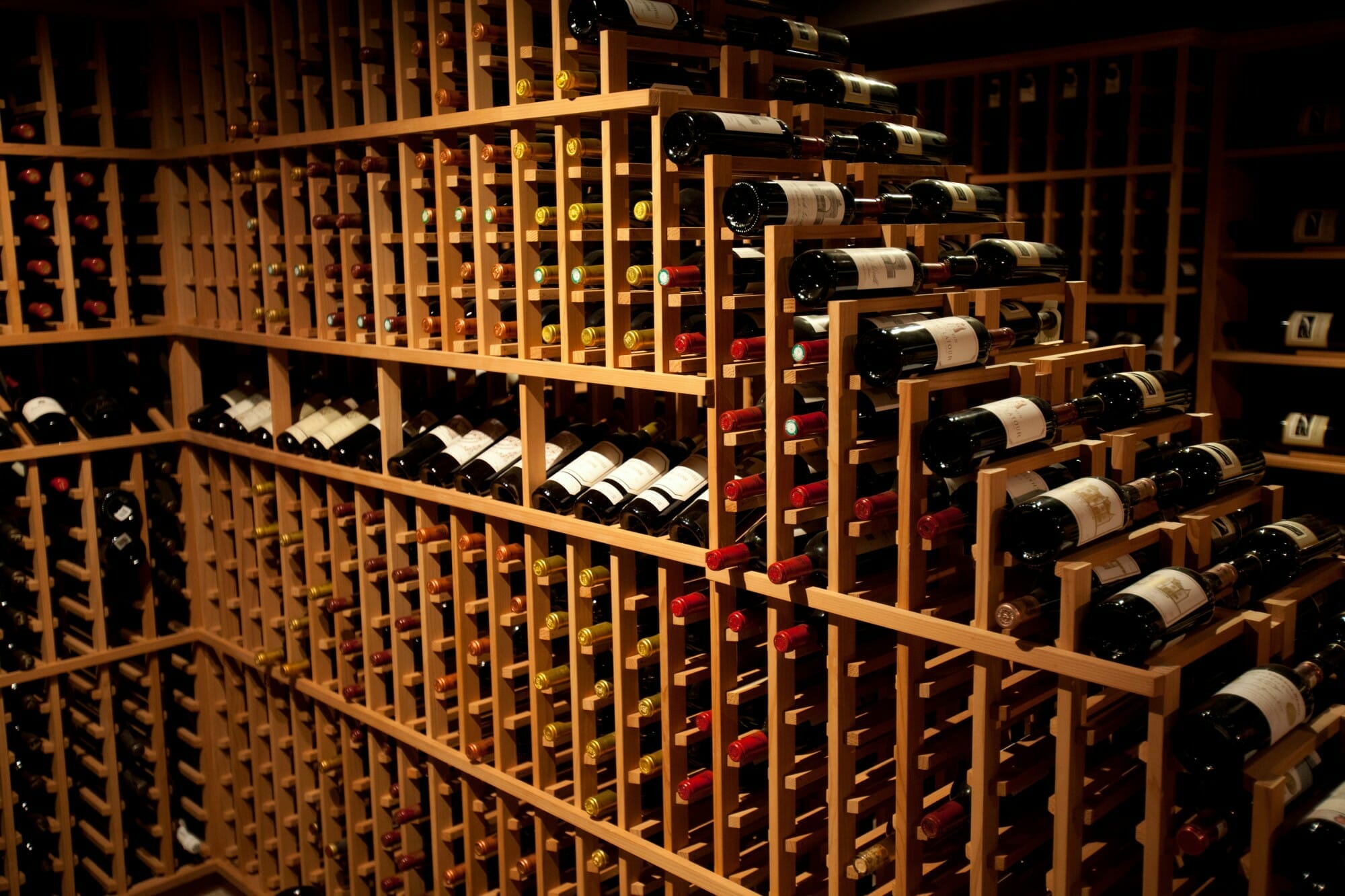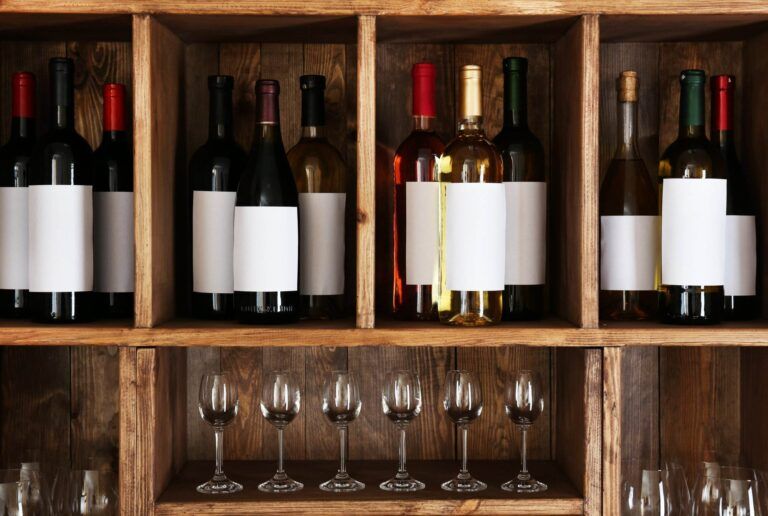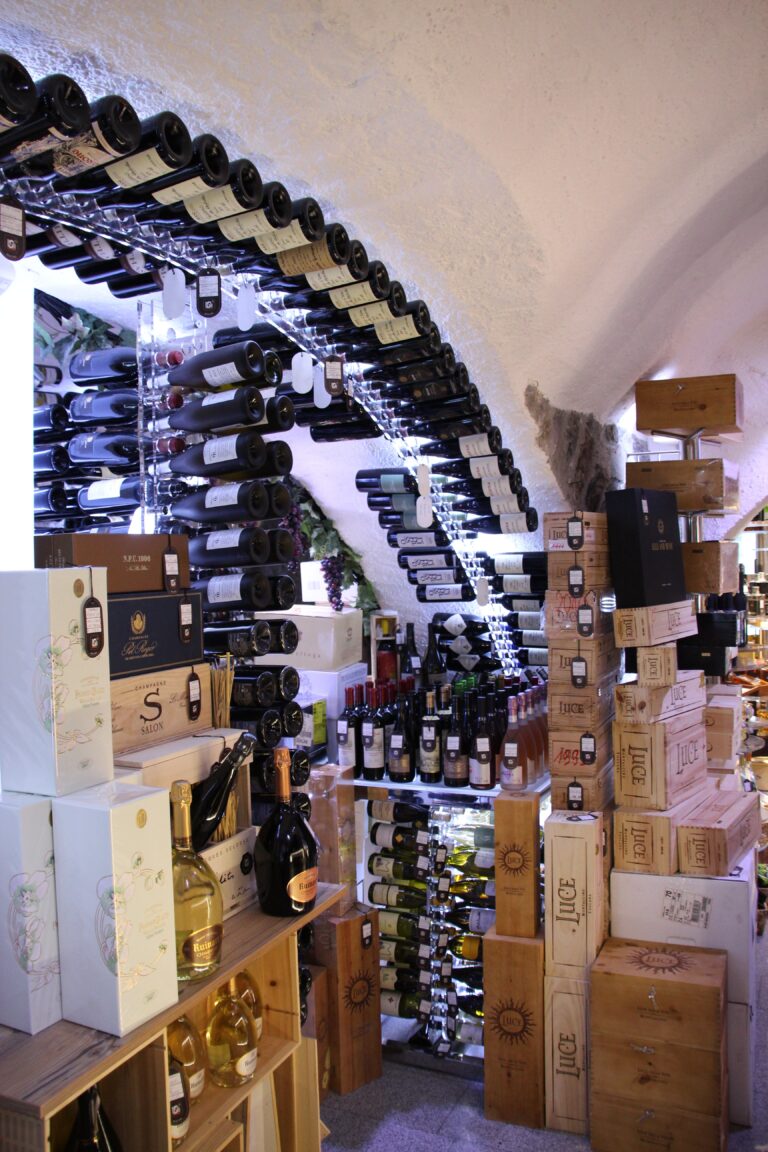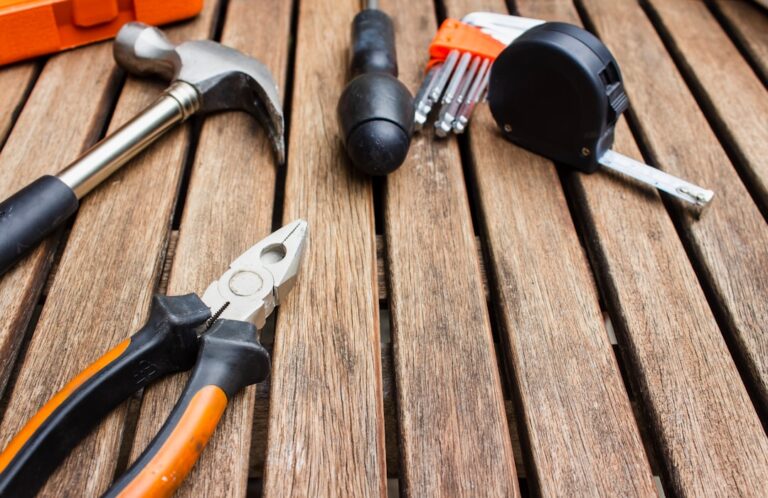Tips in building a wine cellar
First and foremost, you will want to pick the right room in your house or commercial space for the wine cellar. It should be a room with as little exposure to direct sunlight as possible. Also keep in mind where you will install the vapor barrier and note which walls are interior walls vs. exterior walls.
The wine cellar must be constructed and designed just like a natural cave when considering building it. Without thoroughly converting the room, setting up a wine cooling system in the wall will not properly work and might even lead to serious damage on the walls or the ceiling and most if not all of your wine. The primary factor you need to consider before setting up cellar is the temperature of the Room because it controls the factors that may have negative effects on the storing and aging of the wine. A wine cellar that is built properly will allow you make use of the smallest possible cooling system.
EQUIPMENT CHECK AND SETTING OF WINE CELLAR
The following tips will be of great help when setting a wine cellar:
A. INSTALLING STUDS
Since this is a new construction you will need to stud the space to frame out your wine cellar. Start by sealing the concrete foundation walls prior to installing studs. Use either 2×4 or 2×6 construction. The 2×6 construction is used when you want to increase the insulation value in order to minimize cooling unit size and energy consumption. This is similar to adding additional insulation to your home in order to minimize your monthly utility bills. You should obtain a permit and follow all local, state, and national building codes when building your wine cellar.
* If this is not new construction, please skip to B
B. LIGHTING INSTALLED IN THE SOFFIT
If you build a soffit to cover ducting, piping, or other obstructions, it is important to note that the lighting installed in the soffit should be placed far enough away so that it does not interfere with the finished racking and/or ducting depth, including depth of crown molding. You will want to ask for the final depth of your racking including the crown molding at this location and then make sure to allow for the size of the ring on the light fixture as well. A rule of thumb is to leave a 1″ gap from the front of the crown molding to the closest edge of the ring on the can light.
C. ROUGH-IN REFRIGERATION FOR FULLY DUCTED AND/OR SPLIT SYSTEM
If you are purchasing a Fully Ducted and/or Split System you will need to run the ducting and line set at this stage. The ducting will be in the wine cellar, running to the air handler that is normally placed in a mechanical room. The line set is then run from the air handler location to the condenser location, standard condensers are located outdoors, but indoor option is available.
* Please call Wine Hardware to discuss the perfect cooling system for your needs
D. INSTALLING AND OPENING FOR A SELF CONTAINED COOLING UNIT
If you plan to utilize a self-contained cooling unit you will need to make a hole in the wall adequately sized for the unit. You will also need to run an electrical outlet near the space and it may need to be on the inside or outside of the unit based on the unit you decide to purchase. Please note that we recommend a dedicated 20 amp circuit for most all systems. Many of these units also require a drain line, so you will need to allow for a location for a condensate drain. Some units do not have the ability to add humidity to a wine cellar so you may need to allow for a 110V electrical outlet for a humidifier in the wine cellar. However, some units do have an integrated humidifier in which case the installer would need to hook up a water line.
* Please call Wine Hardware to discuss the perfect cooling system for your needs
E. VAPOR BARRIER FOR NEW CONSTRUCTION
If this is new construction and you are not going to use spray foam, then it is recommended that you install a 6 mil vapor barrier or a primer on the back side/warm side of your wall studs before lifting them into position.
F. WRAPPING THE WALLS & FILLING HOLES
Make sure to leave excess vapor barrier at the comers so that you can wrap it, overlap the seams and tuck tape (not duct tape) them shut. Then fill all holes in studs and joists with spray foam sealer insulation.
G. INSULATION & VAPOR BARRIER FOR THE WINE CELLAR
If this is a remodeling project, it is OK to wrap the existing studs in the room as shown, in a similar fashion to the ceiling joists. Make sure the vapor barrier is on the warm side of the wine cellar, meaning the exterior cellar wall.
H. ELECTRICAL OUTLET PLACEMENT IN THE WINE CELLAR
Outlets in a wine cellar are best placed in the dead spaces at the corners where your racks come together. If you place the outlet outside of this area it is possible it will be obstructed by one of the wine rack posts. It is important to follow your local building code for outlet placement and that will supersede any recommendations made for outlet placement in your cellar.
I. OUTLET PLACEMENT FOR HIGH REVEALS WITH LIGHTING
It is not necessary to place an electrical outlet in the area where a high reveal racking is located in order to plug in your lighting. The cord will be able to reach down to the outlet placed in the dead space as far as 6 feet away. If you would prefer to have the outlet located in this area for ease of access you will need to inform your design consultant to locate the outlets accordingly when they do the outlet placement design for you.
J. WALL COVERINGS
Once you have installed the studs, vapor barrier, insulation, and electrical outlets the next step will be to cover the walls and ceiling. You will need to utilize material that is resistant to the high humidity conditions that will be present in your cellar and based on that criteria the most common choice for wall and ceiling coverings is water resistant drywall (commonly referred to as green and/or purple board).
K. FINISHING THE DRYWALL
The base molding will be attached to the front of the racking, which means it is important that you run the drywall all the way to the floor and do not allow any gaps. No molding should be installed on the wall so that the back of the rack remains flush with the wall.
L. PAINTING THE DRYWALL
You should start with a good primer on the drywall and then use a water based exterior grade paint. Oil or solvent based paints can leave a lingering odor in the wine cellar, if you don’t have time to let the space air out. Make sure your painter covers the drywall all the way to the floor. Typically they will stop an inch or two short of the floor as they know that will be covered with base molding. Your molding will be on the front of the racks, so this can leave an unsightly gap showing if they do not run the paint all the way to the bottom.
M. ALTERNATIVE WALL & CEILING COVERINGS
A decorative option to cover your walls and ceiling would be to apply tongue and groove material that complements the wood, stain, and/or lacquer that will be on your racking. You will first need to screw 3/1′ marine grade plywood on your walls and ceiling so that you will be able to attach your tongue and groove.
N. FLOORING
When installing flooring in a wine cellar, you want to ensure the flooring you select will withstand the high humidity environment. Therefore, you want to avoid using carpeting for many reasons, including the possibility it will rot. You will also want to avoid using vinyl flooring as the mastic under it will remain moist and the flooring will have the tendency to move and buckle. You can utilize a bare concrete floor, as long as you seal the concrete. If you want a more decorative option, it is common to utilize porcelain tiles, slate, marble, cork, or hardwood flooring. It is recommended that you allow a ‘A” gap all the way around the perimeter when installing wood flooring to allow room for expansion.
0. ALTERNATE CEIL
ING
In addition to utilizing tongue and groove paneling for your ceiling you can also install a raised panel ceiling and/or soffit. This does not provide any substantial difference to your insulation value, but it does make a dramatic difference in the aesthetic look of your cellar.
P. INSTALLING A WINE CELLAR DOOR
You will need to install an exterior grade door sealed on three sides with weather-stripping and the bottom with a threshold and door sweep. You cannot utilize an interior door for this application. You are attempting to maintain an environment of 55*-58° F and 50-75% humidity levels and therefore need a barrier between that room and the other rooms of your home, which will be closer to 70 degrees and 20% humidity levels in most of the USA. If you utilize a glass door it will need to be dual or triple paned glass to allow for insulation properties.
Q. LIGHTING
There are very few limitations when it comes to lighting options for a wine cellar. If you are going to utilize can lighting in a wine cellar, then you will need to use thermally fused can lights, also referred to as IC rated cans. We also recommend low voltage lights and motions sensors/timers to prevent lights from being left on.
R. RACKING
Racking is usually made from Redwood, Walnut, Alder and most recently metal (other materials are available upon request). It is a preference choice and should be based on your home or commercial decor. You will want to ensure you design your racks with bottle sizes, capacity and display options in mind.
*Call Wine Hardware for your custom design
**We always recommend consulting with your wine cellar design specialist, contractor and HVAC contractor before and wine cellar prep work is started**







